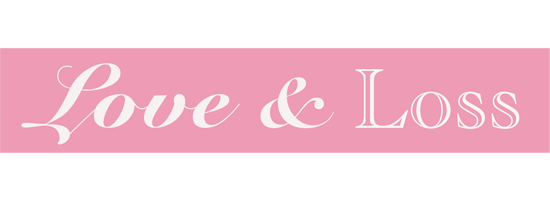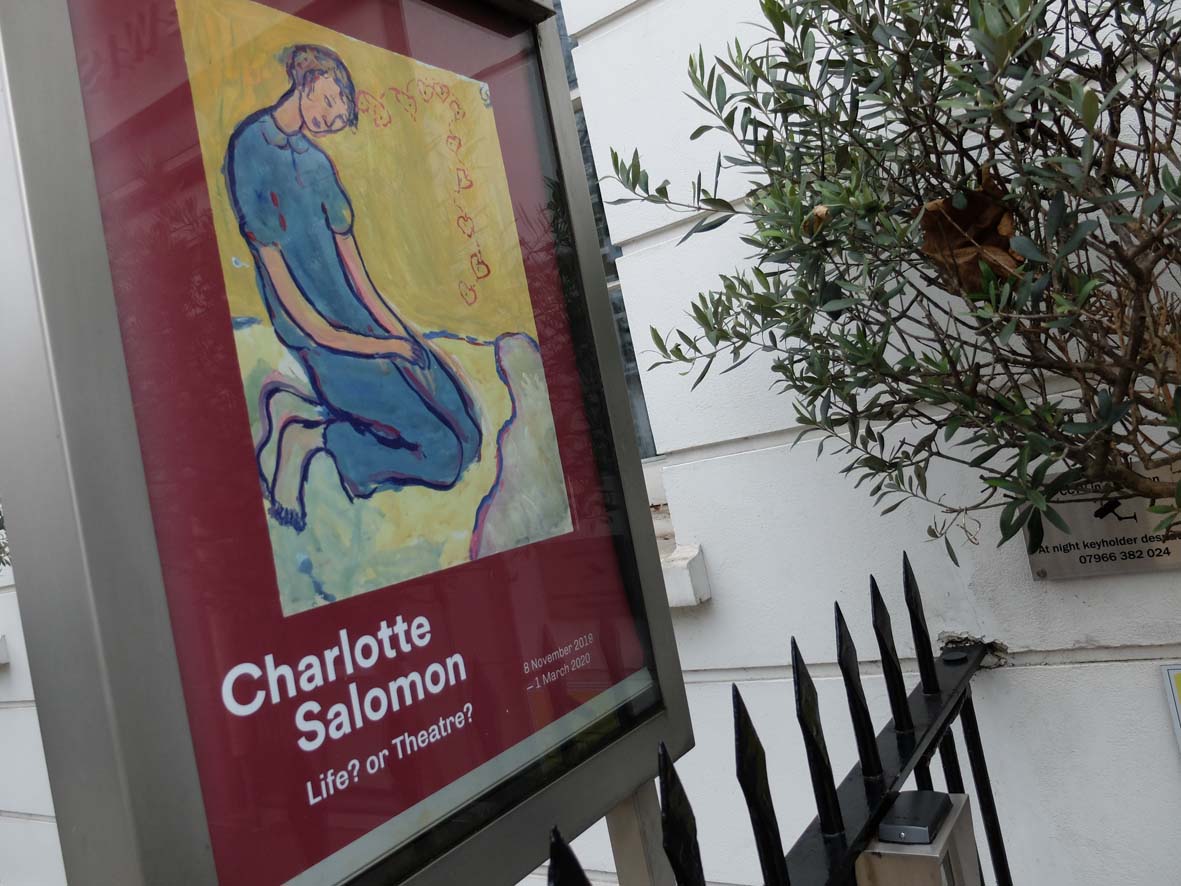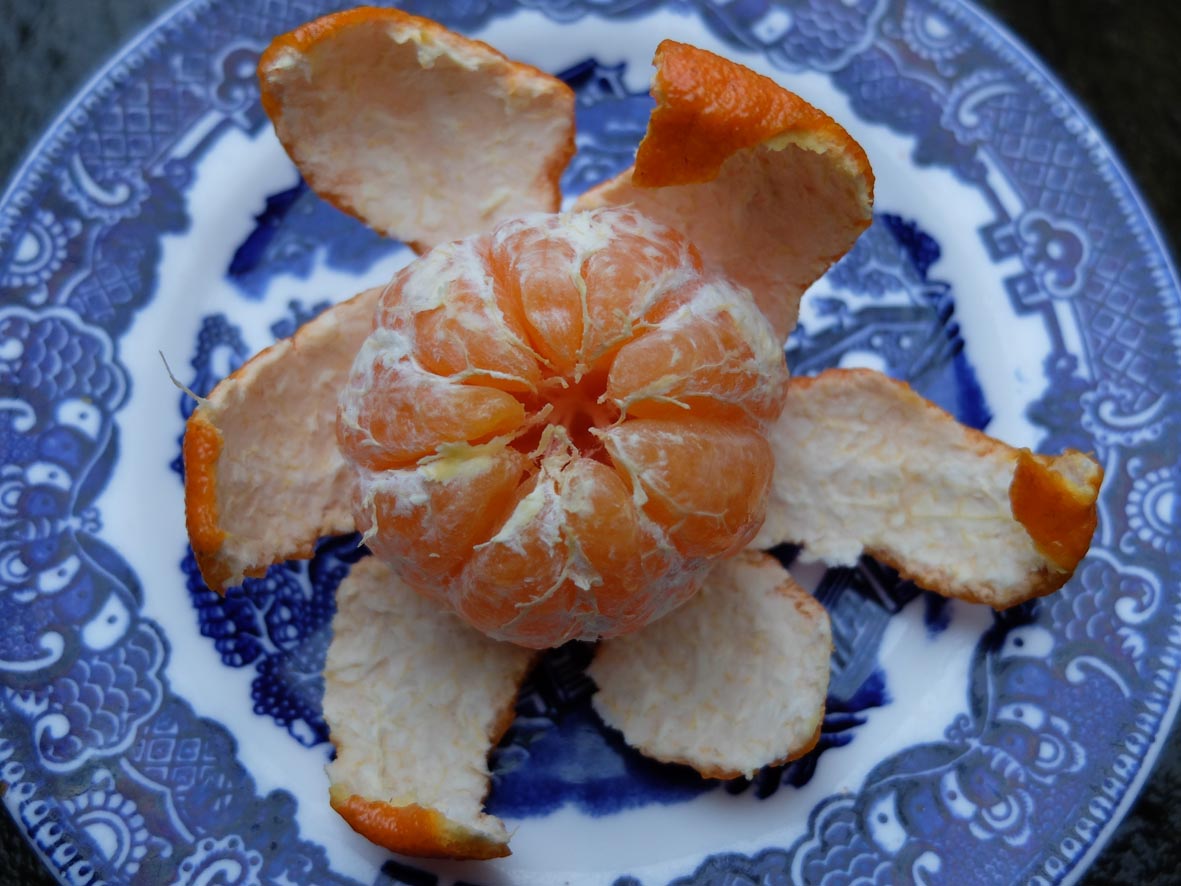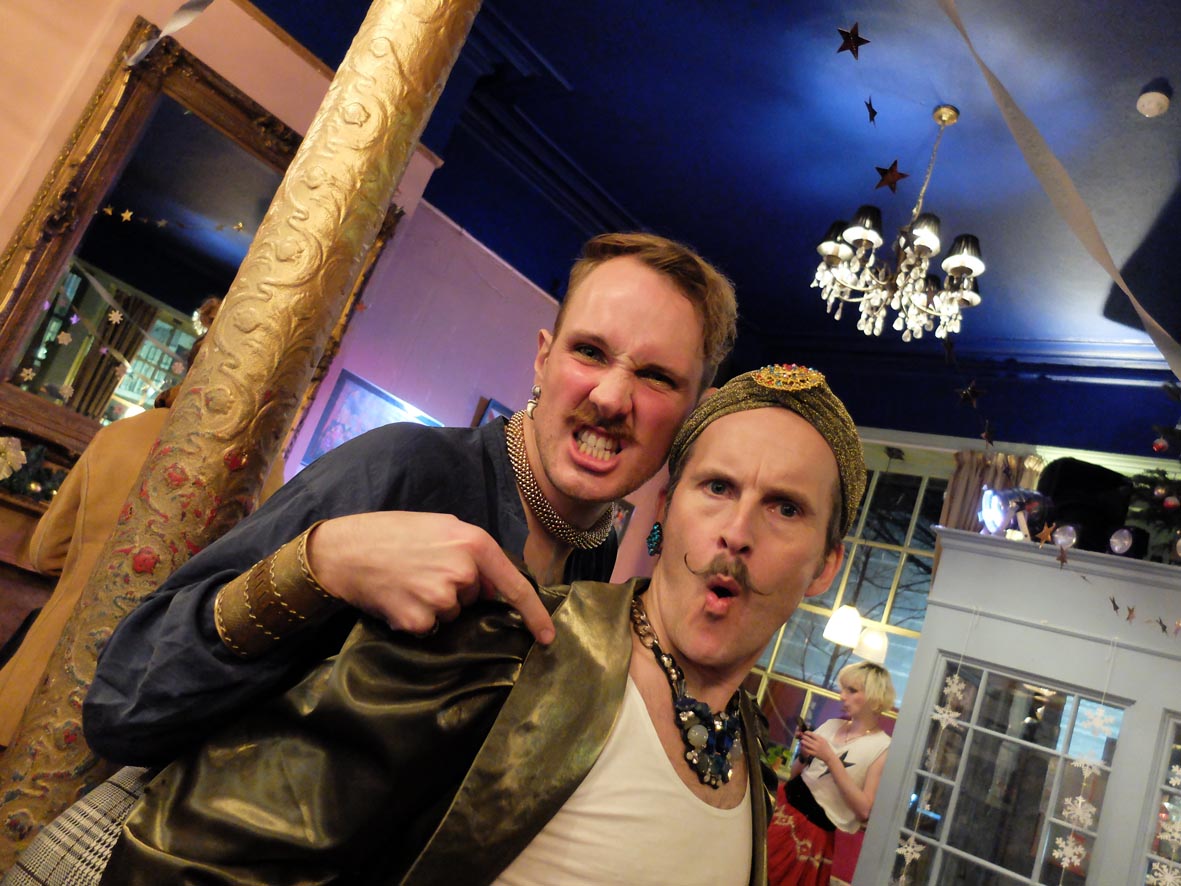30 Dec Santa with Decorations
 “Have you been good?” she asked, as I silently observed on the train. A small child is nodding in return. “Are you sure? Father Christmas only comes to children who have been good.” This young girl is being asked to pass an invisible test with an absent judge of unqualified criteria. My childhood was littered with these impossible benchmarks. I tried to be good. I wanted to be good. At home, at school, in fairy tales, at church I was surrounded by Christian morality. I absorbed the quest for goodness. As I grew older, the promise of being ‘a good girl’ seemed less achievable. I wanted to be a good girl in order to be loved. However, being a good girl did not always bring me my desired outcomes. I flirted with being a bad girl, but ultimately found the weight of shame and guilt too difficult to sit with. I chose ‘goodness’ as an independent act of rebellion from a society that espouses goodness, but rewards compliance. I remain as an adult mired in the socialisation of trying to be good. Instead I often find myself trapped by feeling not good enough. My naïve attempt to be a good girl in order to have my needs met, has left me disempowered. My inner child set the bar at perfection. By her standards, I have failed. Please Santa, parents, grand-parents and teachers, can we foster a different ideal? I love you unconditionally and I will show that I love you by my actions and words, because of who you are.
“Have you been good?” she asked, as I silently observed on the train. A small child is nodding in return. “Are you sure? Father Christmas only comes to children who have been good.” This young girl is being asked to pass an invisible test with an absent judge of unqualified criteria. My childhood was littered with these impossible benchmarks. I tried to be good. I wanted to be good. At home, at school, in fairy tales, at church I was surrounded by Christian morality. I absorbed the quest for goodness. As I grew older, the promise of being ‘a good girl’ seemed less achievable. I wanted to be a good girl in order to be loved. However, being a good girl did not always bring me my desired outcomes. I flirted with being a bad girl, but ultimately found the weight of shame and guilt too difficult to sit with. I chose ‘goodness’ as an independent act of rebellion from a society that espouses goodness, but rewards compliance. I remain as an adult mired in the socialisation of trying to be good. Instead I often find myself trapped by feeling not good enough. My naïve attempt to be a good girl in order to have my needs met, has left me disempowered. My inner child set the bar at perfection. By her standards, I have failed. Please Santa, parents, grand-parents and teachers, can we foster a different ideal? I love you unconditionally and I will show that I love you by my actions and words, because of who you are.











